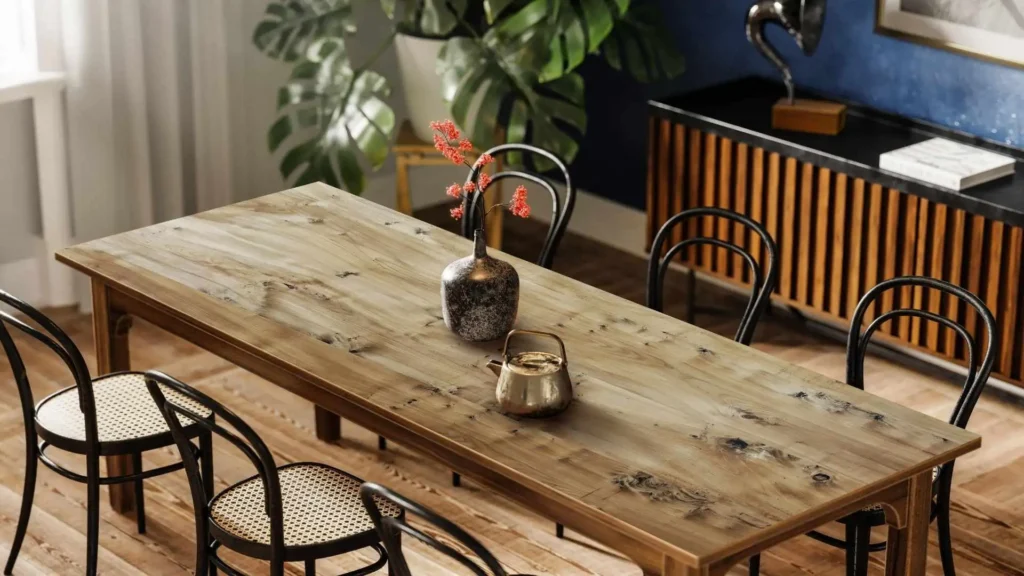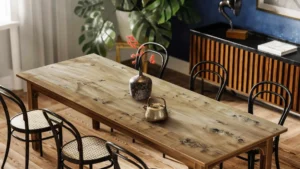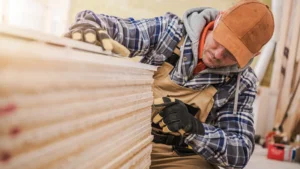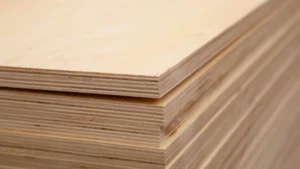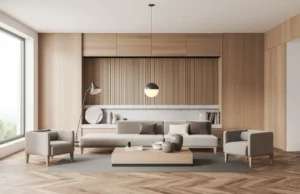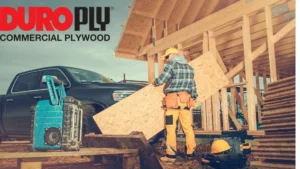In today’s world, security is a really important concern in the construction industry especially. With the ever increasing environmental issues architects builders and homeowners like you are looking for eco friendly materials that reduce the carbon footprint and promote green building practices. One such material that plays a very important role in construction is plywood. Plywood is a completely versatile, durable and sustainable alternative to solid wood and other building materials. You can generally use it in residential industrial construction for furniture flooding roofing and structural applications. But how does the plywood contribute towards sustainability?
What is sustainable building?
Sustainable building is also known as green construction where you use materials that reduce environmental impact and improve your energy efficiency. It’s all about using renewable recycled materials to minimize waste and promote long term durability and health benefits. When you build sustainable buildings you focus on resource conservation and healthier living spaces while reducing damage to the environment. Plywood completely fits in this concept making it a preferred choice for you as an eco conscious builder.
Also Read: Sustainable Sourcing: How Duroply Ensures Eco-Friendly Products
Why is plywood considered a sustainable material?
Plywood is made from thin layers of wood veneer which is obtained from fast growing trees like Poplar and pine. The trees grow quickly and can be harvested sustainably unlike hardwood trees that need a lot of time to mature. The best part is that some of the manufacturers use plantation grown wood reducing the impact on nature. Unlike solid wood which results in a lot of ways during cutting, shaping plywood uses more of the log. It means that you don’t have to use a lot of wood. you can use more efficient natural resources and there is reduced demand for deforestation.
Also Read: Sustainable Design: Eco-Friendly Veneer Options for Homes
The production of plywood requires minimum energy as compared to other materials like concrete or plastic. As plywood lightweight transportation also consumes less fuel further reducing carbon emissions. Sustainability goes way beyond just using eco friendly materials but also choosing long lasting products. Plywood is known for its high strength and durability besides resistance to bending and warping. When maintained properly private furniture can last for several years reducing the need for frequent replacements and minimizing waste. Unlike synthetic materials plywood is completely biodegradable and you can recycle it after its useful life. A plenty of manufacturers also recycle plywood ways to create new sheets.
Also Read: Tips for Maintaining and Caring for Plywood Furniture
How does plywood contribute towards sustainable construction?
Plywood is basically used in energy efficient buildings to improve insulation and also reduce heating and cooling expenses. It helps in improving insulation when used in walls, floorings or ceilings. It also helps you reduce energy consumption leading to lower energy bills. The best part is that plywood supports passive cooling and heating making buildings more comfortable. You can use plywood with insulation layers to create eco-friendly and energy efficient homes.
Also Read: Elevating Eco-Friendly Living with Chic Interior Design
So above all you need to know that plywood is a really important material in sustainable building practices because of its eco-friendly production, durability , recyclability and energy efficiency. Whether you use it in construction furniture or interior design plywood helps you reduce environmental impact while offering you strength and beauty. To make the most of the sustainable benefits you always need to choose low emission plywood and go for recyclable and repurposed plywood. By incorporating sustainable plywood in your building projects you can contribute towards a greener healthier future for the planet.
